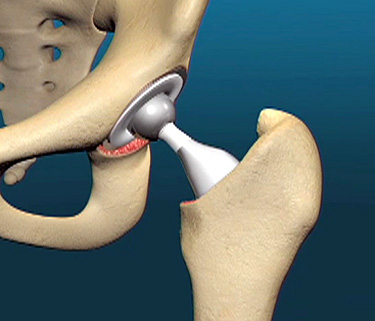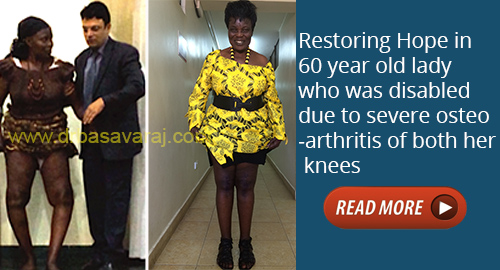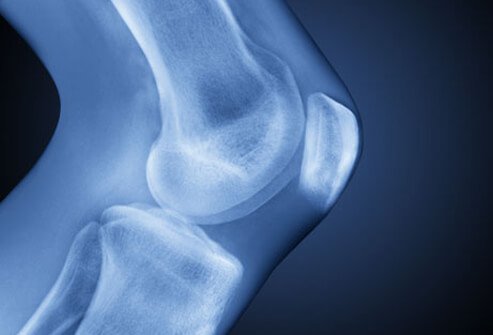Before you have surgery, you need to make plans for where you will be going once you leave the hospital. When you leave the hospital, you will likely be able to:
- Walk with a walker or crutches 50 to 100 feet.
- Maintain any weight bearing restriction ordered by your physician.
- Get in and out of bed, up and down out of a chair and on and off the toilet with minimal assistance.
- Perform your exercises independently or with minimal assistance.
- Go up and down several stairs and be able to demonstrate that you can-do this safely.
- If you have had a hip replacement, you should be able to understand your dislocation precautions and restrictions and be able to do the above activities without compromising the restrictions.
- If you have had a knee replacement, you should be able to bend your knee to about 70 or 80 degrees, although this can vary from person to person.
Meeting the above goals should allow you to return home upon discharge from the hospital, even if you live alone. When you get home, you should be able to get your self around in side the house. You should have someone there to help you and to check on you for safety reasons, but that person does not need to be there24hours a day.
Options for rehabilitation at home include the following:
Self-initiated or video instructed home exercises and rehabilitation three times daily. This is the least costly option but requires some self-motivation to do the exercises. Home health care with a physical therapist who comes to your home five to six times per week, coupled with home exercises. This is the most convenient for the patient .
Patients who may require admission to nursing home are individuals who:
- Live alone and do not have family or friends who can assist them
- Have more-than one joint replaced at time
- Have significant medical issues requiring constant nursing care and monitoring






